An Illustration of FY-3E GNOS-R for Global Soil Moisture Monitoring
Abstract
1. Introduction
- The inclination of the orbit is 98.8°. GNOS-R can detect the complex and changeable land surface globally within the latitude range of ±85° with a mean revisit time of about 5.5 days. Therefore, it can provide data of nearly global coverage;
- GNOS-R operates at an altitude of 200–350 km higher than that of other similar payloads; therefore, it has the highest orbit (up to 836 km) of any GNSS-R mission. The differences in the vegetation, surface roughness, and other factors within the scattering area have a greater impact on the GNOS-R soil moisture inversion;
- GNOS-R can receive GPS (global position system) and BDS (Beidou navigation system) navigation satellite signals simultaneously. It should be noted that the reflection signals from Galileo are also available. That is to say, the GNSS signals received by the instrument are GPS L1 C/A, BDS B1I, and GAL E1B. Therefore, it can provide users with multi-GNSS reflection products.
| Property | Product (Version) | Grid Resolution | Represent Depth | Reference(s) |
|---|---|---|---|---|
| Low-frequency passive microwave product (L-band) | SMAP..MCCA | 36 km | 0–5 cm | [18] |
| SMAP-L2-R17000 (SCA-V\SCA-H\MDCA) | 36 km | 0–5 cm | [19] | |
| [20] | ||||
| SMOS-L2-V650 | 15 km | [21] | ||
| SMOS-L3-V300 | 25 km | 0–5 cm | [22] | |
| SMOS-IC-Version 2.0 | 25 km | [23] |
2. FY-3E GNOS-R Dataset
3. Retrieval Methodology
3.1. LAGRS Model
3.2. LAGRS-Based Soil Moisture Retrieval
4. Results and Analysis
4.1. FY-3E GNOS-R Calibration Factor
4.2. Roughness–Vegetation Factor
4.3. Retrieval Results and Accuracy Estimation
4.4. Discussion
5. Conclusions
Author Contributions
Funding
Institutional Review Board Statement
Informed Consent Statement
Data Availability Statement
Acknowledgments
Conflicts of Interest
References
- Huang, F.; Xia, J.; Yin, C.; Zhai, X.; Yang, G.; Bai, W.; Zhang, P. Spaceborne GNSS Reflectometry With Galileo Signals on FY-3E/GNOS-II: Measurements, Calibration, and Wind Speed Retrieval. IEEE Geosci. Remote Sens. Lett. 2023, 20, 22596654. [Google Scholar] [CrossRef]
- Camps, A.; Vall·llossera, M.; Park, H.; Portal, G.; Rossato, L. Sensitivity of TDS-1 GNSS-R reflectivity to soil moisture: Global and regional differences and impact of different spatial scales. Remote Sens. 2018, 10, 1856. [Google Scholar] [CrossRef]
- Ferre-Lillo, P.; Rodriguez-Alvarez, N.; Bosch-Lluis, X.; Valencia, E.; Marchan-Hernandez, J.F.; Camps, I.R.P.A. Delay-Doppler Maps study over ocean, land and ice from space. IEEE Int. Geosci. Remote Sens. Symp. 2009, 2, 722–725. [Google Scholar]
- Camps, A.; Park, H.; Pablos, M.; Foti, G.; Gommenginger, C.P.; Liu, P.W.; Judge, J. Sensitivity of GNSS-R spaceborne observations to soil moisture and vegetation. IEEE J. Sel. Top. Appl. Earth Obs. Remote Sens. 2016, 9, 4730–4742. [Google Scholar] [CrossRef]
- Morris, M.; Chew, C.; Reager, J.T.; Shah, R.; Zuffada, C. A novel approach to monitoring wetland dynamics using CYGNSS: Everglades case study. Remote Sens. Environ. 2019, 233, 111417. [Google Scholar] [CrossRef]
- Kim, H.; Lakshmi, V. Use of Cyclone Global Navigation Satellite System (CYGNSS) observations for estimation of soil moisture. Geophys. Res. Lett. 2018, 45, 8272–8282. [Google Scholar] [CrossRef]
- Zhang, S.; Ma, Z.; Li, Z.; Zhang, P.; Liu, Q.; Nan, Y.; Zhang, J.; Hu, S.; Feng, Y.; Zhao, H. Using CYGNSS Data to Map Flood Inundation during the 2021 Extreme Precipitation in Henan Province, China. Remote Sens. 2021, 13, 5181. [Google Scholar] [CrossRef]
- Wu, X.; Dong, Z.; Jin, S.; He, Y.; Song, Y.; Ma, W.; Yang, L. First measurement of soil freeze/thaw cycles in the Tibetan Plateau using CYGNSS GNSS-R data. Remote Sens. 2020, 12, 2361. [Google Scholar] [CrossRef]
- Carreno-Luengo, H.; Luzi, G.; Crosetto, M. Sensitivity of CyGNSS bistatic reflectivity and SMAP microwave radiometry brightness temperature to geophysical parameters over land surfaces. IEEE J. Sel. Top. Appl. Earth Obs. Remote Sens. 2018, 12, 107–122. [Google Scholar] [CrossRef]
- Ruf, C.S.; Chew, C.; Lang, T.; Morris, M.G.; Nave, K.; Ridley, A.; Balasubramaniam, R. A new paradigm in earth environmental monitoring with the cygnss small satellite constellation. Sci. Rep. 2018, 8, 8782. [Google Scholar] [CrossRef]
- Chew, C.; Lowe, S.; Parazoo, N.; Esterhuizen, S.; Oveisgharan, S.; Podest, E.; Zuffada, C.; Freedman, A. SMAP radar receiver measures land surface freeze/thaw state through capture of forward-scattered L-band signals. Remote Sens. Environ. 2017, 198, 333–344. [Google Scholar] [CrossRef]
- Jing, C.; Niu, X.; Duan, C.; Lu, F.; Di, G.; Yang, X. Sea surface wind speed retrieval from the first Chinese GNSS-R mission: Technique and preliminary results. Remote Sens. 2019, 11, 3013. [Google Scholar] [CrossRef]
- Munoz-Martin, J.F.; Llaveria, D.; Herbert, C.; Pablos, M.; Park, H.; Camps, A. Soil moisture estimation synergy using GNSS-R and L-Band microwave radiometry data from FSSCat/FMPL-2. Remote Sens. 2021, 13, 994. [Google Scholar] [CrossRef]
- Unwin, M.J.; Pierdicca, N.; Cardellach, E.; Rautiainen, K.; Foti, G.; Blunt, P.; Guerriero, L.; Santi, E.; Tossaint, M. An Introduction to the HydroGNSS GNSS reflectometry remote sensing mission. IEEE J. Sel. Top. Appl. Earth Obs. Remote Sens. 2021, 14, 6987–6999. [Google Scholar] [CrossRef]
- Yang, G.; Bai, W.; Wang, J.; Hu, X.; Zhang, P.; Sun, Y.; Xu, N.; Zhai, X.; Xiao, X.; Xia, J.; et al. FY3E GNOS II GNSS Reflectometry: Mission Review and First Results. Remote Sens. 2022, 14, 988. [Google Scholar] [CrossRef]
- Sun, Y.; Wang, X.; Du, Q.; Bai, W.; Xia, J.; Cai, Y.; Wang, D.; Wu, C.; Meng, X.; Tian, Y.; et al. The status and progress of fengyun-3e gnos ii mission for gnss remote sensing. In Proceedings of the IGARSS 2019–2019 IEEE International Geoscience and Remote Sensing Symposium, Yokohama, Japan, 28 July—2 August 2019; pp. 5181–5184. [Google Scholar]
- Zheng, J.; Zhao, T.; Lü, H.; Shi, J.; Cosh, M.H.; Ji, D.; Jiang, L.; Cui, Q.; Lu, H.; Yang, K.; et al. Assessment of 24 soil moisture datasets using a new in situ network in the Shandian River Basin of China. Remote Sens. Environ. 2022, 271, 112891. [Google Scholar] [CrossRef]
- Hu, L.; Zhao, T.J.; Ju, W.M.; Peng, Z.Q.; Shi, J.C.; Rodríguez-Fernández, N.J.; Wigneron, J.P.; Cosh, M.H.; Yang, K.; Lu, H.; et al. A twenty-year dataset of soil moisture and vegetation optical depth from AMSR-E/2 measurements using the multi-channel collaborative algorithm. Remote Sens. Environ. 2023, 292, 113595. [Google Scholar] [CrossRef]
- Entekhabi, D.; Reichle, R.H.; Koster, R.D.; Crow, W.T. Performance Metrics for Soil Moisture Retrievals and Application Requirements. J. Hydrometeorol. 2010, 11, 832–840. [Google Scholar] [CrossRef]
- O’Neill, P.; Chan, S.; Njoku, E.; Jackson, T.; Bindlish, R. SMAP Enhanced L3 Radiometer Global Daily 9 km EASE-Grid Soil Moisture, Version 3; NASA National Snow and Ice Data Center Distributed Active Archive Center: Boulder, CO, USA, 2019. [Google Scholar] [CrossRef]
- Kerr, Y.H.; Waldteufel, P.; Richaume, P.; Wigneron, J.P.; Ferrazzoli, P.; Mahmoodi, A.; Al Bitar, A.; Cabot, F.; Gruhier, C.; Juglea, S.E.; et al. The SMOS Soil Moisture Retrieval Algorithm. IEEE Trans. Geosci. Remote Sens. 2012, 50, 1384–1403. [Google Scholar] [CrossRef]
- Al Bitar, A.; Mialon, A.; Kerr, Y.H.; Cabot, F.; Richaume, P.; Jacquette, E.; Quesney, A.; Mahmoodi, A.; Tarot, S.; Parrens, M.; et al. The global SMOS level 3 daily soil moisture and brightness temperature maps. Earth Syst. Sci. Data 2017, 9, 293–315. [Google Scholar] [CrossRef]
- Wigneron, J.P.; Li, X.; Frappart, F.; Fan, L.; Al-Yaari, A.; De Lannoy, G.; Liu, X.; Wang, M.; Le Masson, E.; Moisy, C. SMOS-IC data record of soil moisture and L-VOD: Historical development, applications and perspectives. Remote Sens. Environ. 2021, 254, 112238. [Google Scholar] [CrossRef]
- Wu, X.; Xia, J. A Land Surface GNSS Reflection Simulator (LAGRS) FORFY-3E GNSS-R Payload: Part I. Bare Soil Simulator. In Proceedings of the 2021 IEEE Specialist Meeting on Reflectometry Using GNSS and Other Signals of Opportunity (GNSS + R), Beijing, China, 14–17 September 2021; pp. 90–92. [Google Scholar]
- Wu, X.; Wang, F. LAGRS-Veg: A spaceborne vegetation simulator for full polarization GNSS-reflectometry. GPS Solut. 2023, 27, 107. [Google Scholar] [CrossRef]
- AXia, J.; Bai, W.; Sun, Y.; Du, Q.; Huang, F.; Yin, C.; Duan, L.; Huang, L.; Hu, X.; Xu, N.; et al. Calibration and Wind Speed Retrieval for the Fengyun-3 E Meteorological Satellite GNSS-R Mission. In Proceedings of the 2021 IEEE Specialist Meeting on Reflectometry using GNSS and other Signals of Opportunity (GNSS + R), Beijing, China, 14–17 September 2021; pp. 25–28. [Google Scholar]
- Al-Khaldi, M.M.; Johnson, J.T.; Gleason, S.; Loria, E.; O’Brien, A.J.; Yi, Y. An algorithm for detecting coherence in cyclone global navigation satellite system mission level-1 delay-Doppler maps. IEEE Trans. Geosci. Remote Sens. 2020, 59, 4454–4463. [Google Scholar] [CrossRef]
- Al-Khaldi, M.M.; Johnson, J.T.; Gleason, S.; Chew, C.C.; Gerlein-Safdi, C.; Shah, R.; Zuffada, C. Inland Water Body Mapping Using CYGNSS Coherence Detection. IEEE Trans. Geosci. Remote Sens. 2021, 59, 7385–7394. [Google Scholar] [CrossRef]
- Zhao, T.; Shi, J.; Entekhabi, D.; Jackson, T.J.; Hu, L.; Peng, Z.; Yao, P.; Li, S.; Kang, C.S. Retrievals of soil moisture and vegetation optical depth using a multi-channel collaborative algorithm. Remote Sens. Environ. 2021, 257, 112321. [Google Scholar] [CrossRef]
- Adriano, C. Spatial resolution in GNSS-R under coherent scattering. IEEE Geosci. Remote Sens. Lett. 2019, 17, 32–36. [Google Scholar]
- Zhounan, D.; Jin, S. Evaluation of the land GNSS-Reflected DDM coherence on soil moisture estimation from CYGNSS data. Remote Sens. 2021, 13, 570. [Google Scholar]
- Chew, C.; Small, E. Description of the UCAR/CU soil moisture product. Remote Sens. 2020, 12, 1558. [Google Scholar] [CrossRef]
- Clarizia, M.P.; Pierdicca, N.; Costantini, F.; Floury, N. Analysis of CYGNSS data for soil moisture retrieval. IEEE J. Sel. Top. Appl. Earth Obs. Remote Sens. 2019, 12, 2227–2235. [Google Scholar] [CrossRef]
- Al-Khaldi, M.M.; Johnson, J.T.; O’Brien, A.J.; Balenzano, A.; Mattia, F. Time-series retrieval of soil moisture using CYGNSS. IEEE Trans. Geosci. Remote Sens. 2019, 57, 4322–4331. [Google Scholar] [CrossRef]
- Zribi, M.; Huc, M.; Pellarin, T.; Baghdadi, N.; Pierdicca, N. Soil moisture retrieval using GNSS-R data. In Proceedings of the 2020 Mediterranean and Middle-East Geoscience and Remote Sensing Symposium (M2GARSS), Tunis, Tunisia, 9–11 March 2020; pp. 172–175. [Google Scholar]
- Camps, A.; Park, H.; Castellví, J.; Corbera, J.; Ascaso, E. Single-pass soil moisture retrievals using GNSS-R: Lessons learned. Remote Sens. 2020, 12, 2064. [Google Scholar] [CrossRef]
- Fung, A.; Eom, H. Coherent scattering of a spherical wave from an irregular surface. IEEE Trans. Antennas Propag. 1983, 31, 68–72. [Google Scholar] [CrossRef]
- Ulaby, F.T.; Moore, R.K.; Fung, A.K. Microwave Remote Sensing: Active and Passive. Volume 3-From Theory to Applications; Artech House: Washington, DC, USA, 1986. [Google Scholar]
- Mironov, V.L.; Dobson, M.C.; Kaupp, V.H.; Komarov, S.A.; Kleshchenko, V.N. Generalized refractive mixing dielectric model for moist soils. IEEE Trans. Geosci. Remote Sens. 2004, 42, 773–785. [Google Scholar] [CrossRef]
- Carreno-Luengo, H.; Camps, A. Unified GNSS-R formulation including coherent and incoherent scattering components. In Proceedings of the 2016 IEEE International Geoscience and Remote Sensing Symposium (IGARSS), Beijing, China, 10–15 July 2016; pp. 4815–4818. [Google Scholar]
- Molina, I.; Calabia, A.; Jin, S.; Edokossi, K.; Wu, X. Calibration and Validation of CYGNSS Reflectivity through Wetlands’ and Deserts’ Dielectric Permittivity. Remote Sens. 2022, 14, 3262. [Google Scholar] [CrossRef]
- Wu, X.; Shi, J. Polarization GNSS-Reflectometry: Potential and Possibility. In Proceedings of the 2021 IEEE Specialist Meeting on Reflectometry using GNSS and other Signals of Opportunity (GNSS + R), Beijing, China, 14–17 September 2021; pp. 29–31. [Google Scholar]
- Wu, X.; Jin, S. GNSS-Reflectometry: Forest canopies polarization scattering properties and modeling. Adv. Space Res. 2014, 54, 863–870. [Google Scholar] [CrossRef]
- Shi, J.; Dong, X.; Zhao, T.; Du, J.; Jiang, L.; Du, Y.; Liu, H.; Wang, Z.; Ji, D.; Xiong, C. WCOM: The science scenario and objectives of a global water cycle observation mission. In Proceedings of the 2014 IEEE Geoscience and Remote Sensing Symposium, Quebec City, QC, Canada, 13–18 July 2014; pp. 3646–3649. [Google Scholar]
- Carreno-Luengo, H.; Lowe, S.; Zuffada, C.; Esterhuizen, S.; Oveisgharan, S. Spaceborne GNSS-R from the SMAP mission: First assessment of polarimetric scatterometry over land and cryosphere. Remote Sens. 2017, 9, 362. [Google Scholar] [CrossRef]
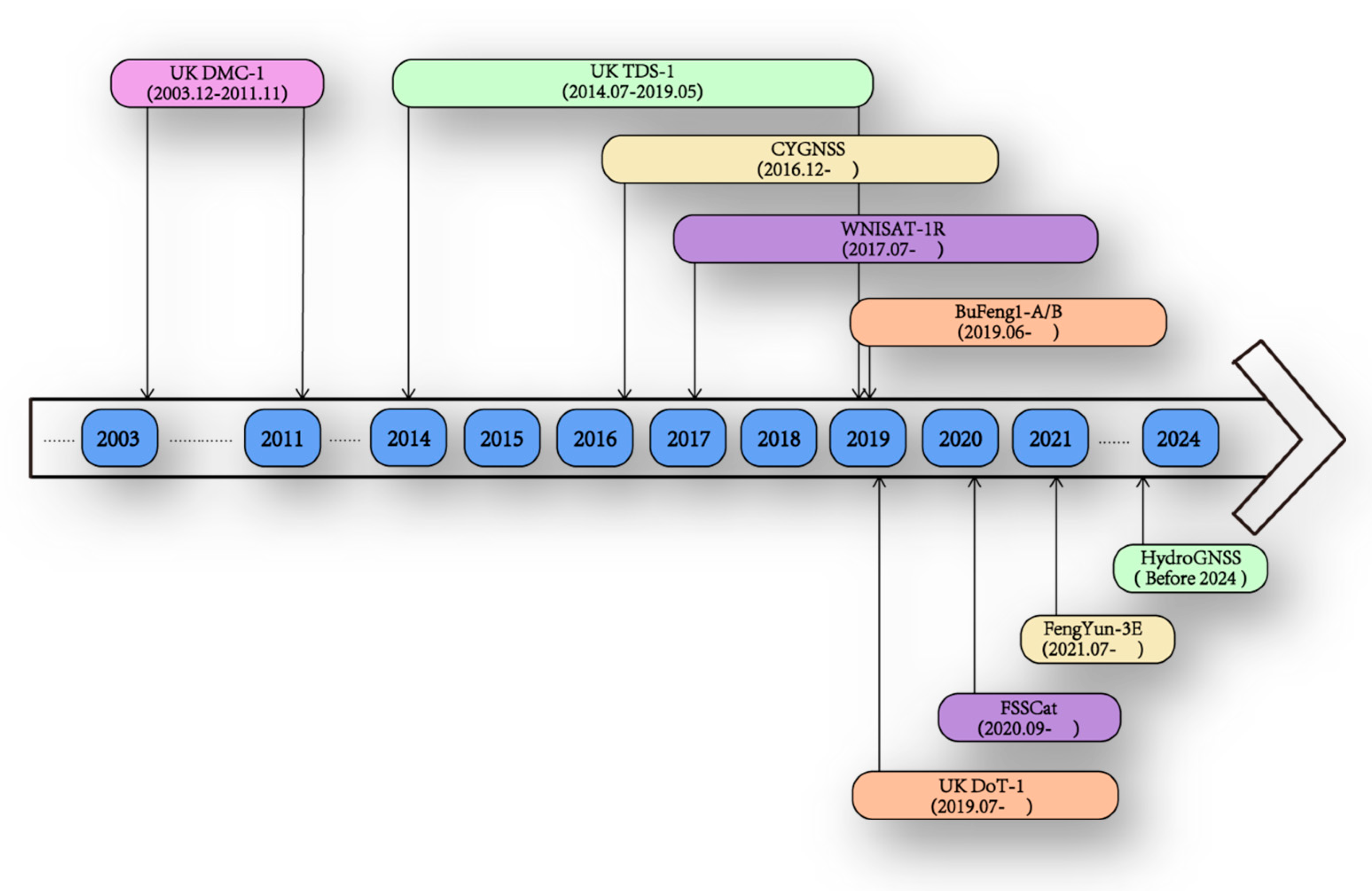


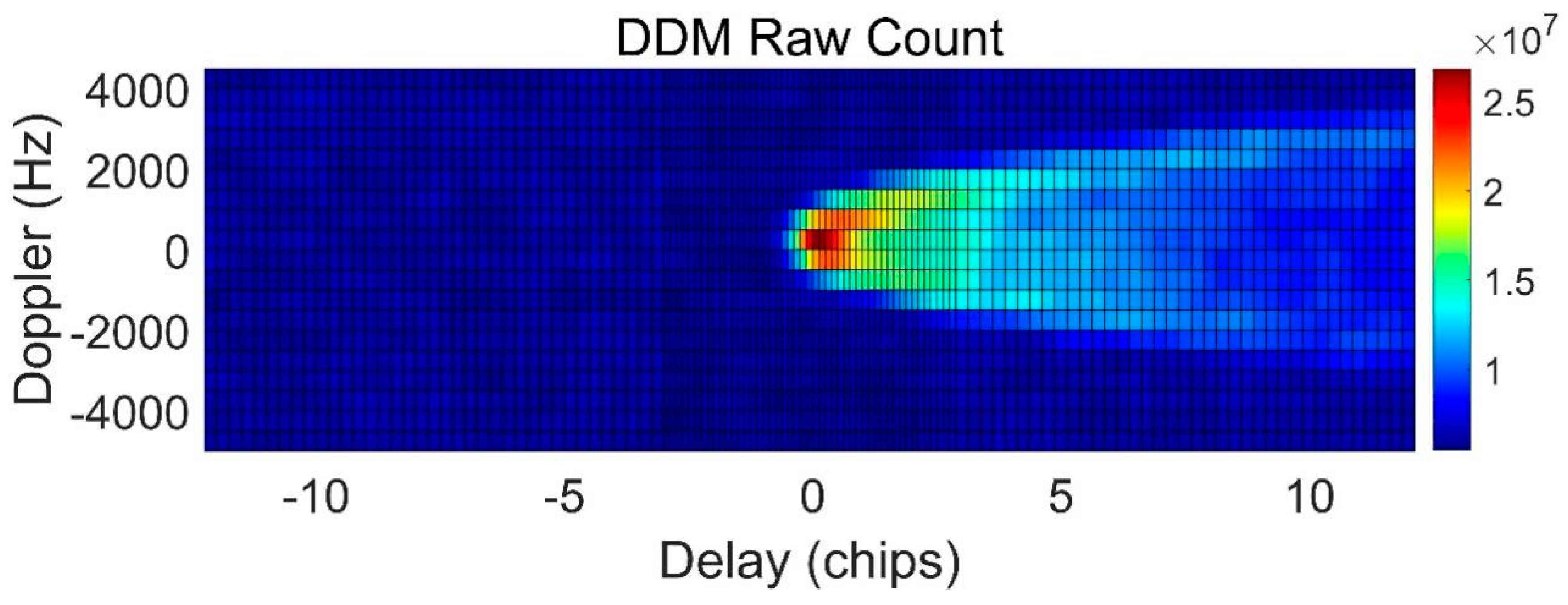


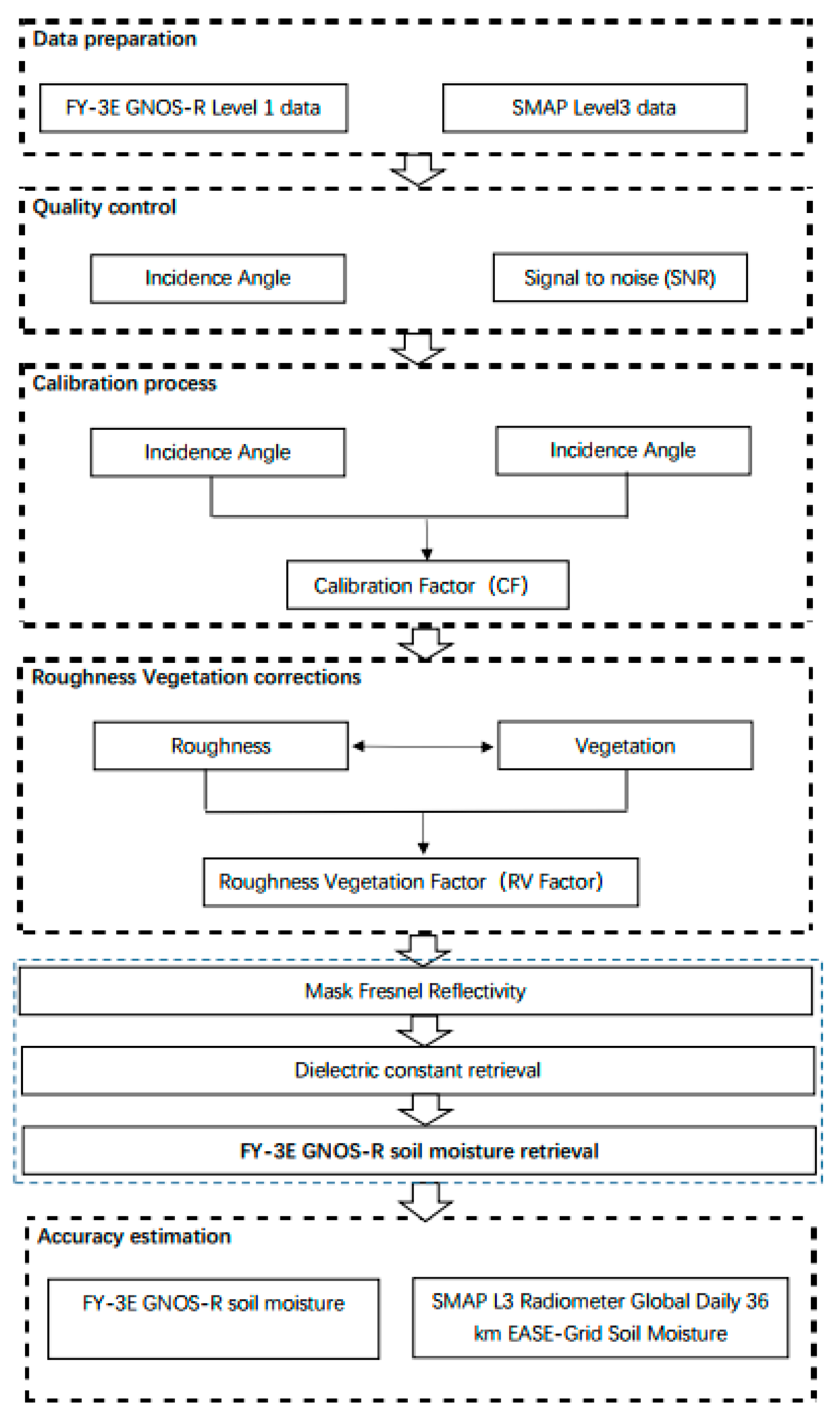


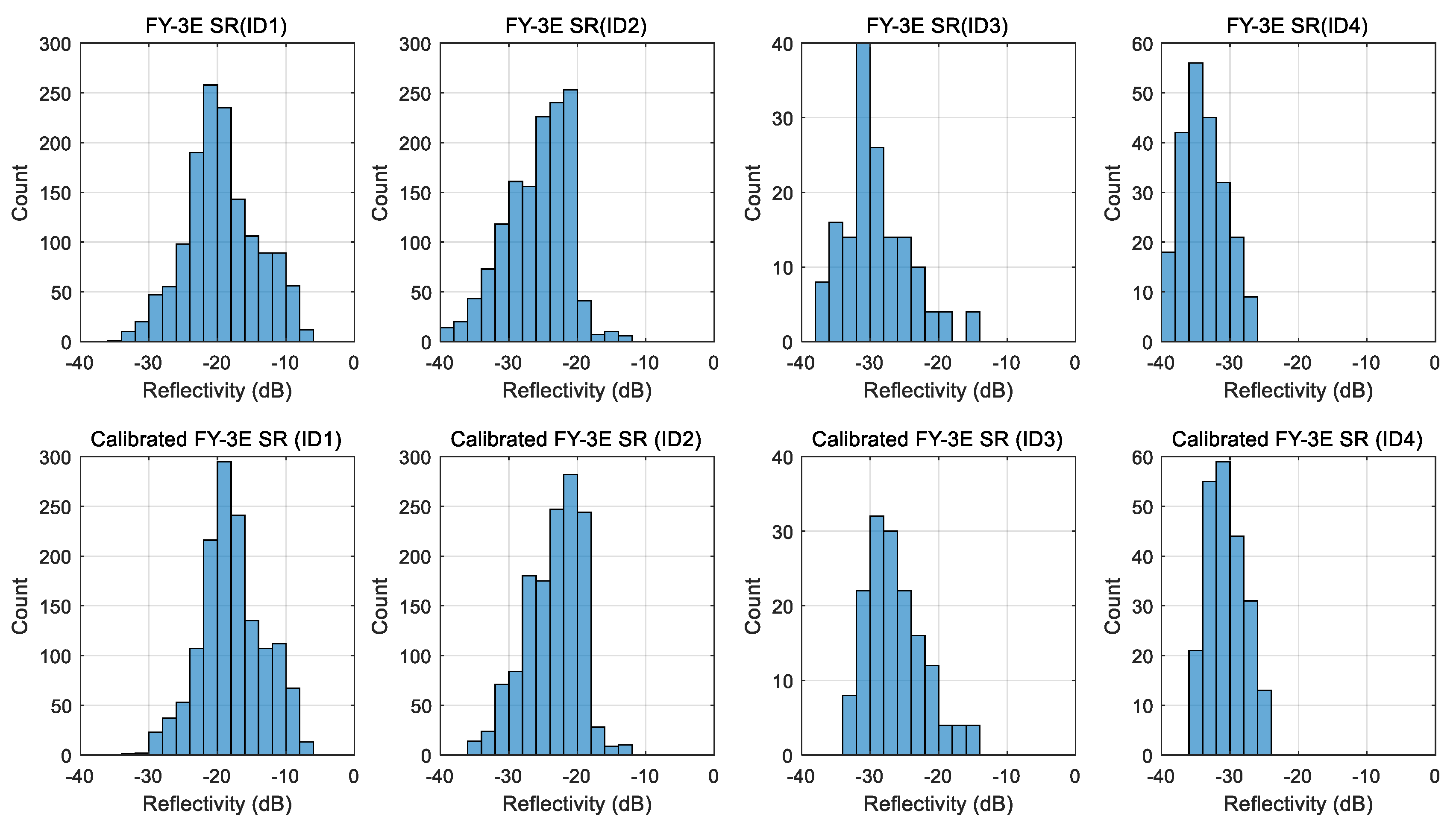
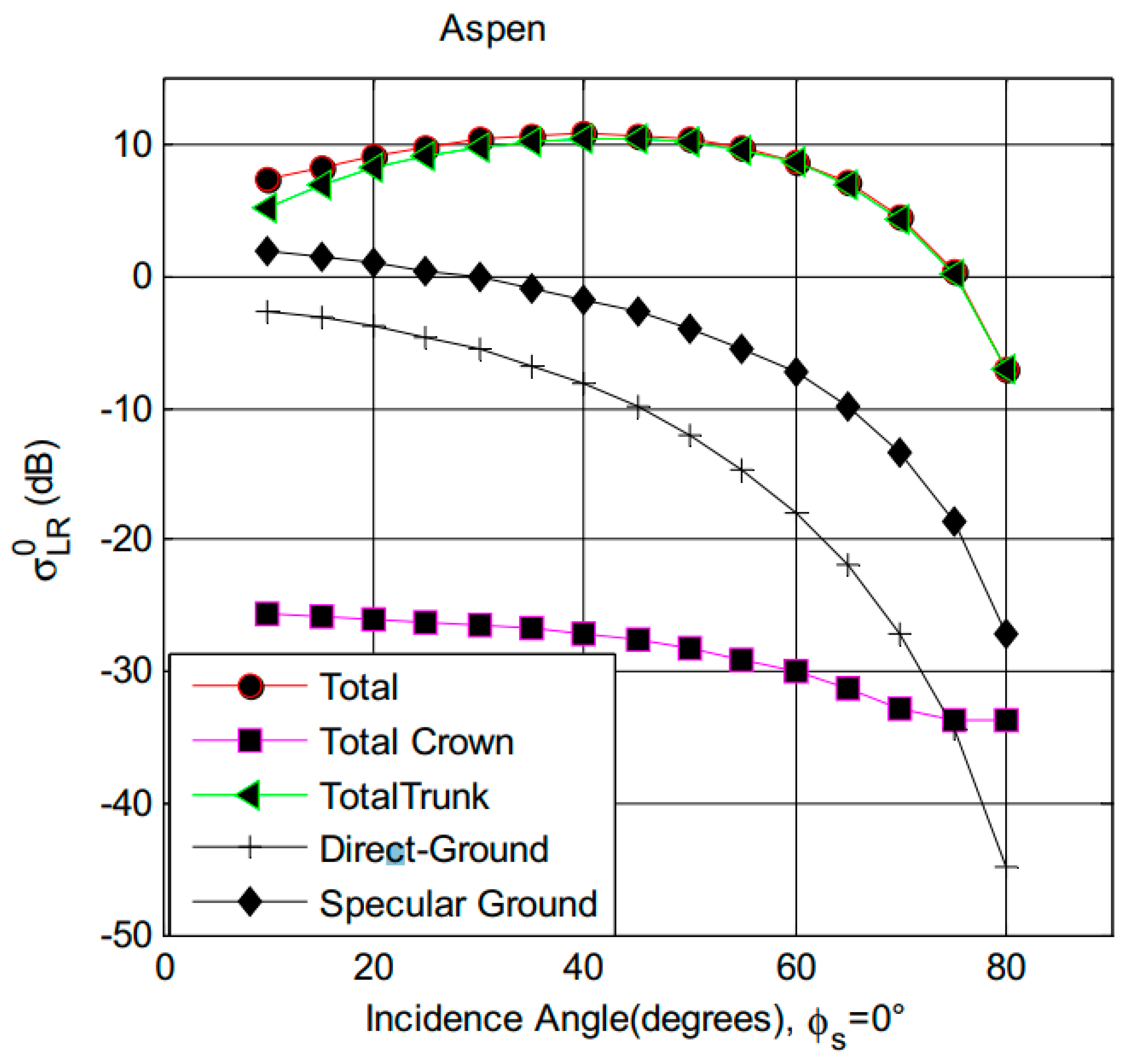



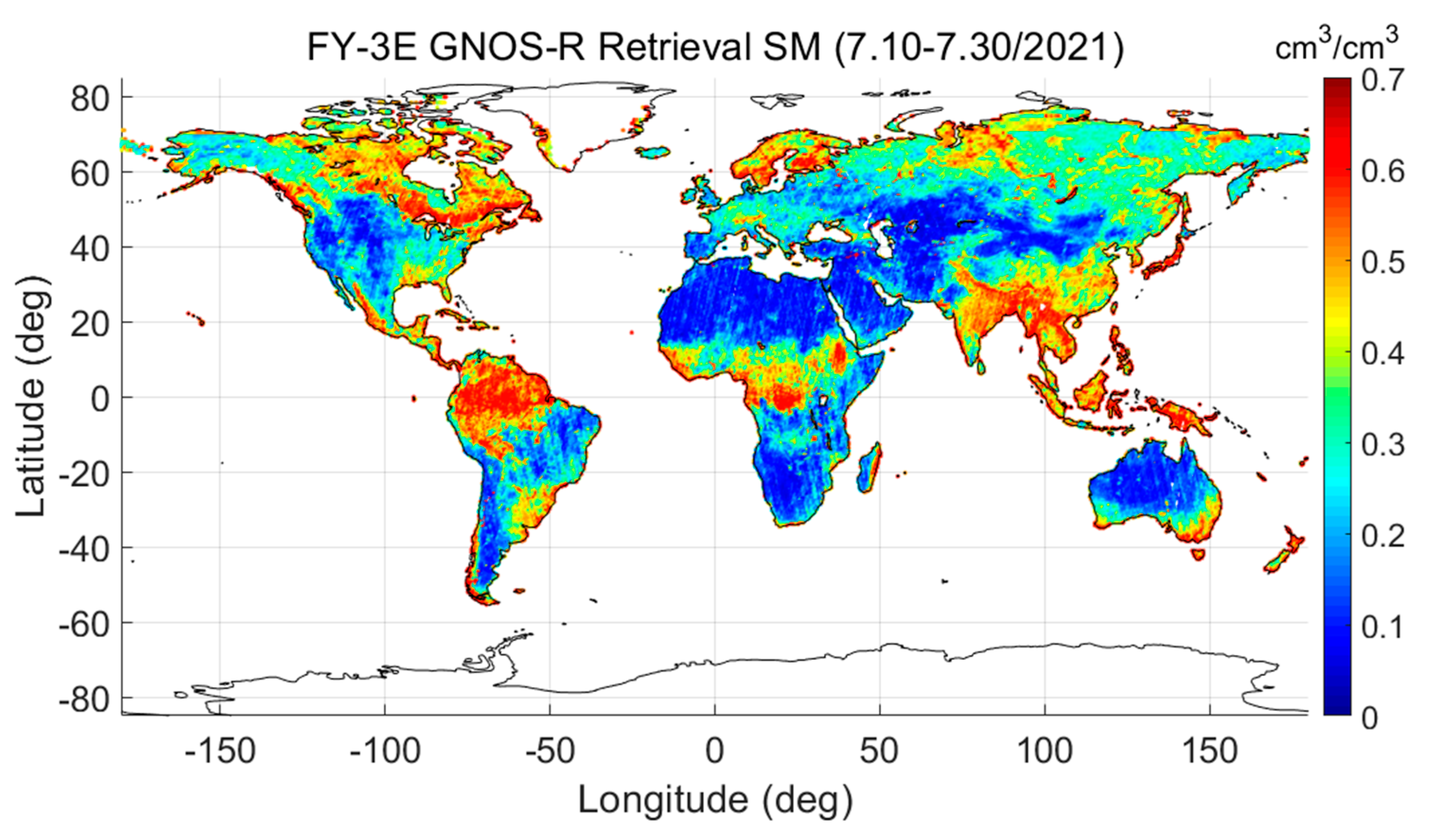
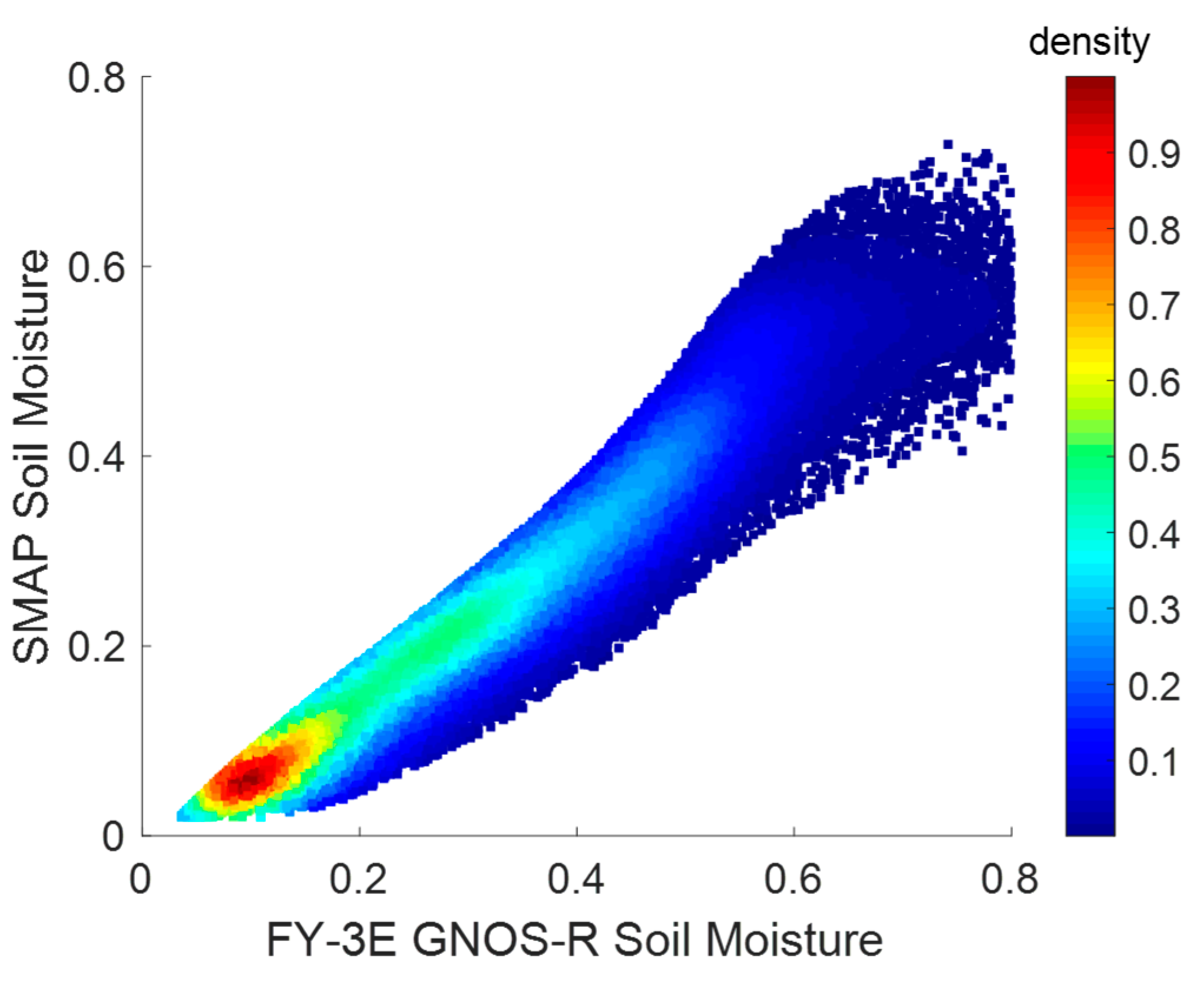
| Model Name | Valid Conditions | Recommended Conditions | |||
|---|---|---|---|---|---|
| LAGRS-GO | |||||
| LAGRS-PO | |||||
| LAGRS-SPM | |||||
| LAGRS-IEM | √ | √ | √ | √ | √ |
| LAGRS-AIEM | √ | √ | √ | √ | √ |
| ID | Location, Country | Latmin | Latmax | Longmin | Longmax |
|---|---|---|---|---|---|
| 1 | Bolivia | −15 | −12 | −67 | −64 |
| 2 | Sahara | 18 | 21 | −6 | −3 |
| 3 | Lake Tahoe | 38 | 41 | −122 | −119 |
| 4 | Lake Qinghai | 35 | 38 | 98 | 101 |
Disclaimer/Publisher’s Note: The statements, opinions and data contained in all publications are solely those of the individual author(s) and contributor(s) and not of MDPI and/or the editor(s). MDPI and/or the editor(s) disclaim responsibility for any injury to people or property resulting from any ideas, methods, instructions or products referred to in the content. |
© 2023 by the authors. Licensee MDPI, Basel, Switzerland. This article is an open access article distributed under the terms and conditions of the Creative Commons Attribution (CC BY) license (https://creativecommons.org/licenses/by/4.0/).
Share and Cite
Yang, G.; Du, X.; Huang, L.; Wu, X.; Sun, L.; Qi, C.; Zhang, X.; Wang, J.; Song, S. An Illustration of FY-3E GNOS-R for Global Soil Moisture Monitoring. Sensors 2023, 23, 5825. https://doi.org/10.3390/s23135825
Yang G, Du X, Huang L, Wu X, Sun L, Qi C, Zhang X, Wang J, Song S. An Illustration of FY-3E GNOS-R for Global Soil Moisture Monitoring. Sensors. 2023; 23(13):5825. https://doi.org/10.3390/s23135825
Chicago/Turabian StyleYang, Guanglin, Xiaoyong Du, Lingyong Huang, Xuerui Wu, Ling Sun, Chengli Qi, Xiaoxin Zhang, Jinsong Wang, and Shaohui Song. 2023. "An Illustration of FY-3E GNOS-R for Global Soil Moisture Monitoring" Sensors 23, no. 13: 5825. https://doi.org/10.3390/s23135825
APA StyleYang, G., Du, X., Huang, L., Wu, X., Sun, L., Qi, C., Zhang, X., Wang, J., & Song, S. (2023). An Illustration of FY-3E GNOS-R for Global Soil Moisture Monitoring. Sensors, 23(13), 5825. https://doi.org/10.3390/s23135825








